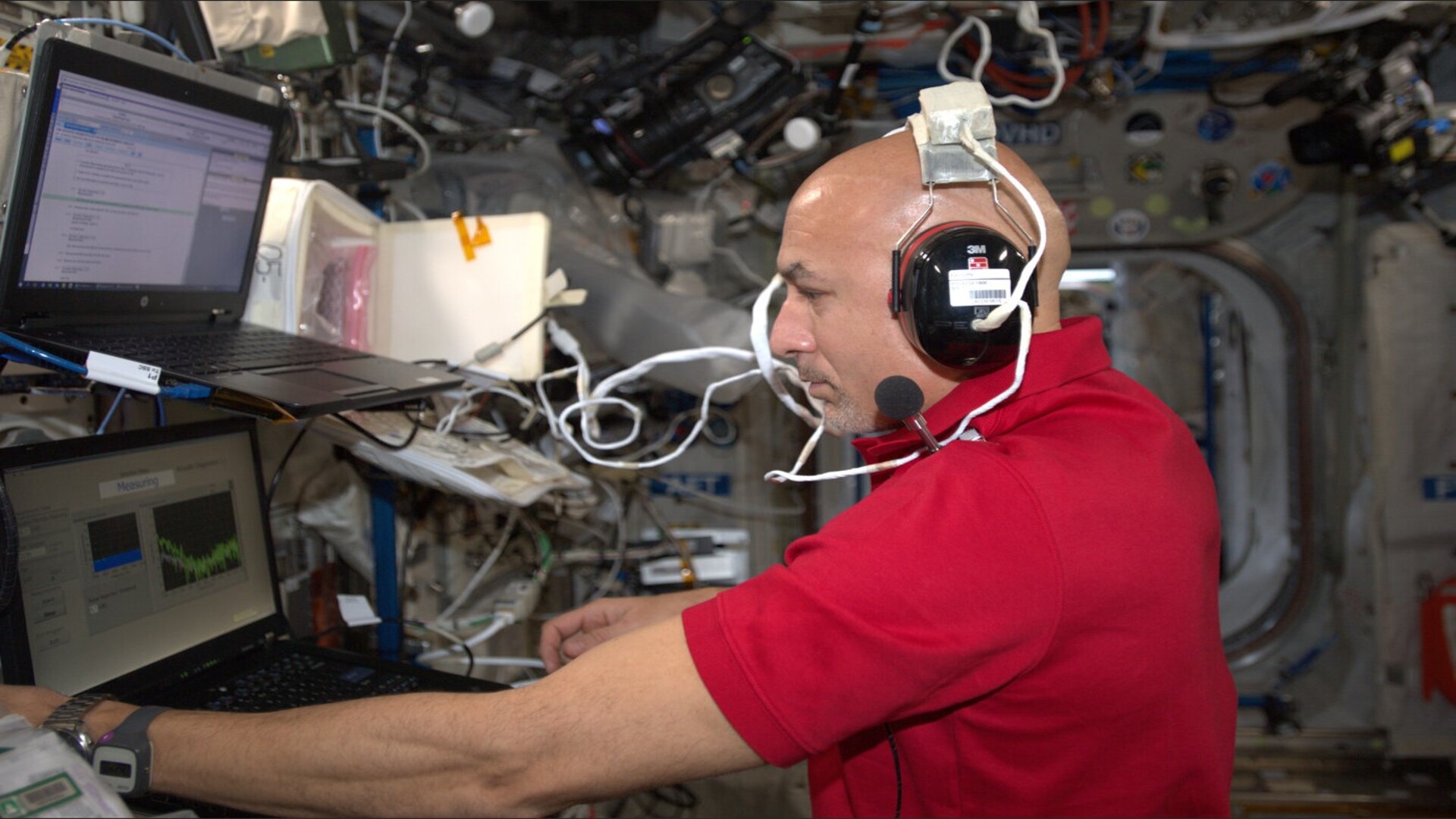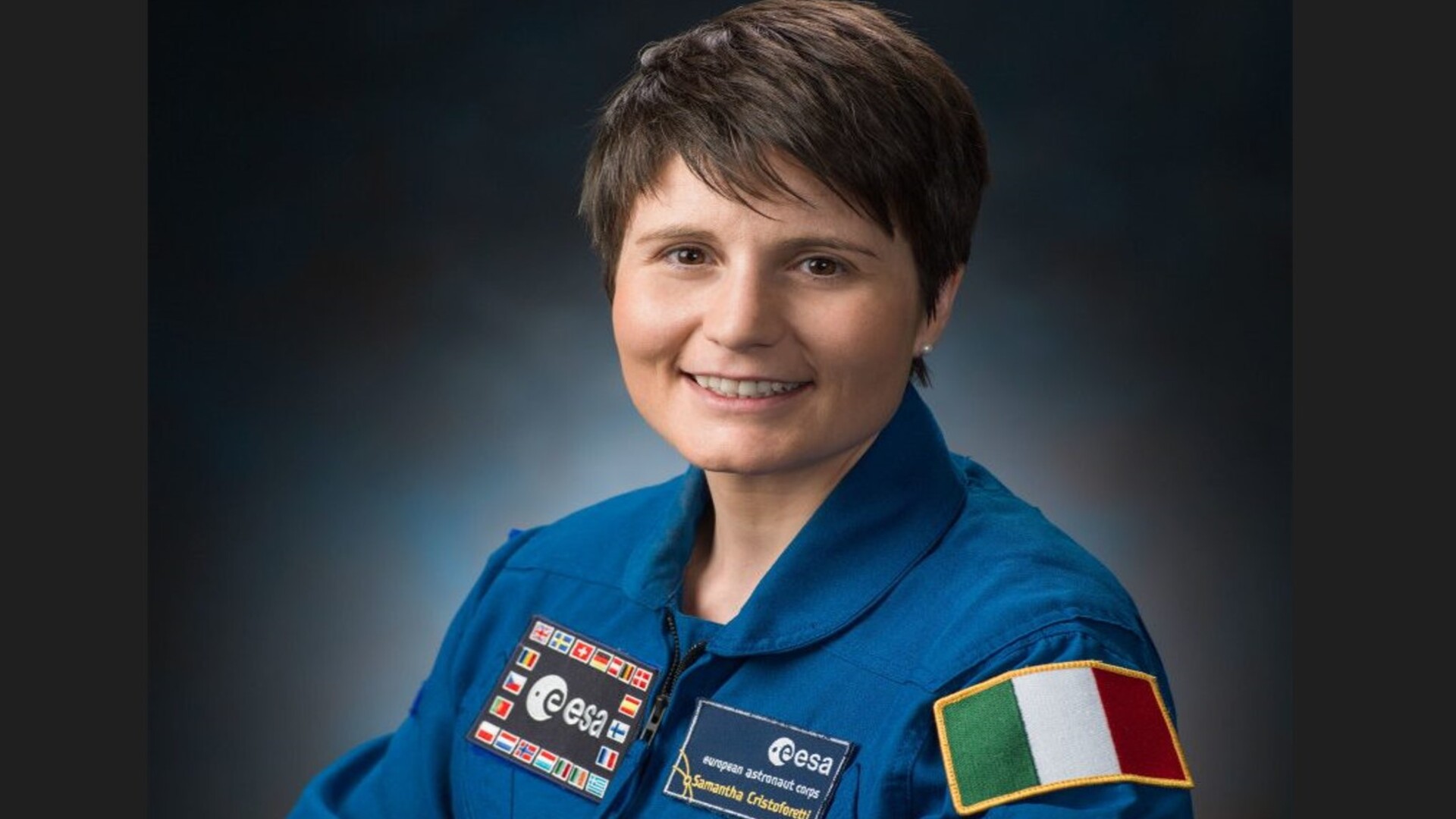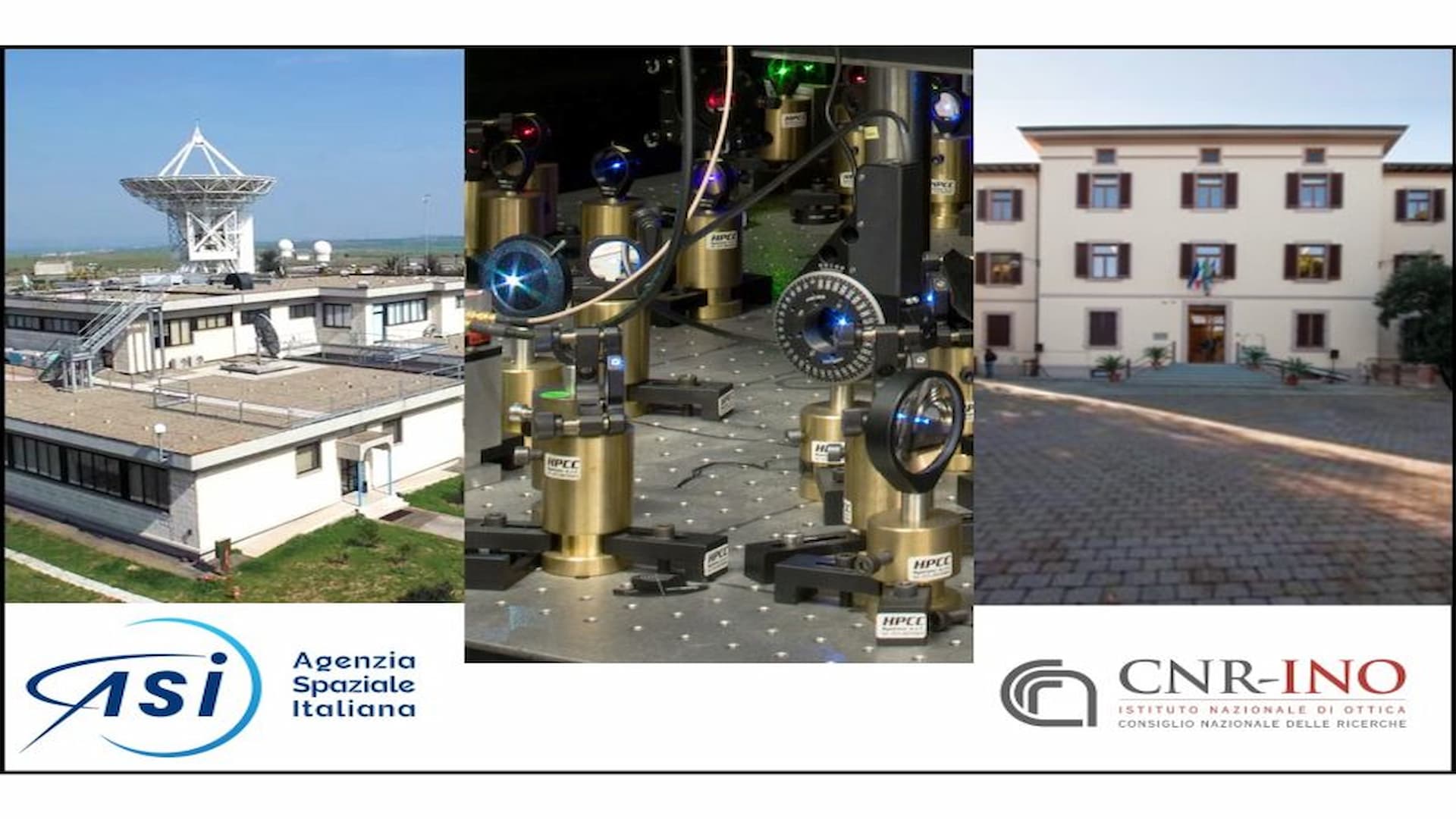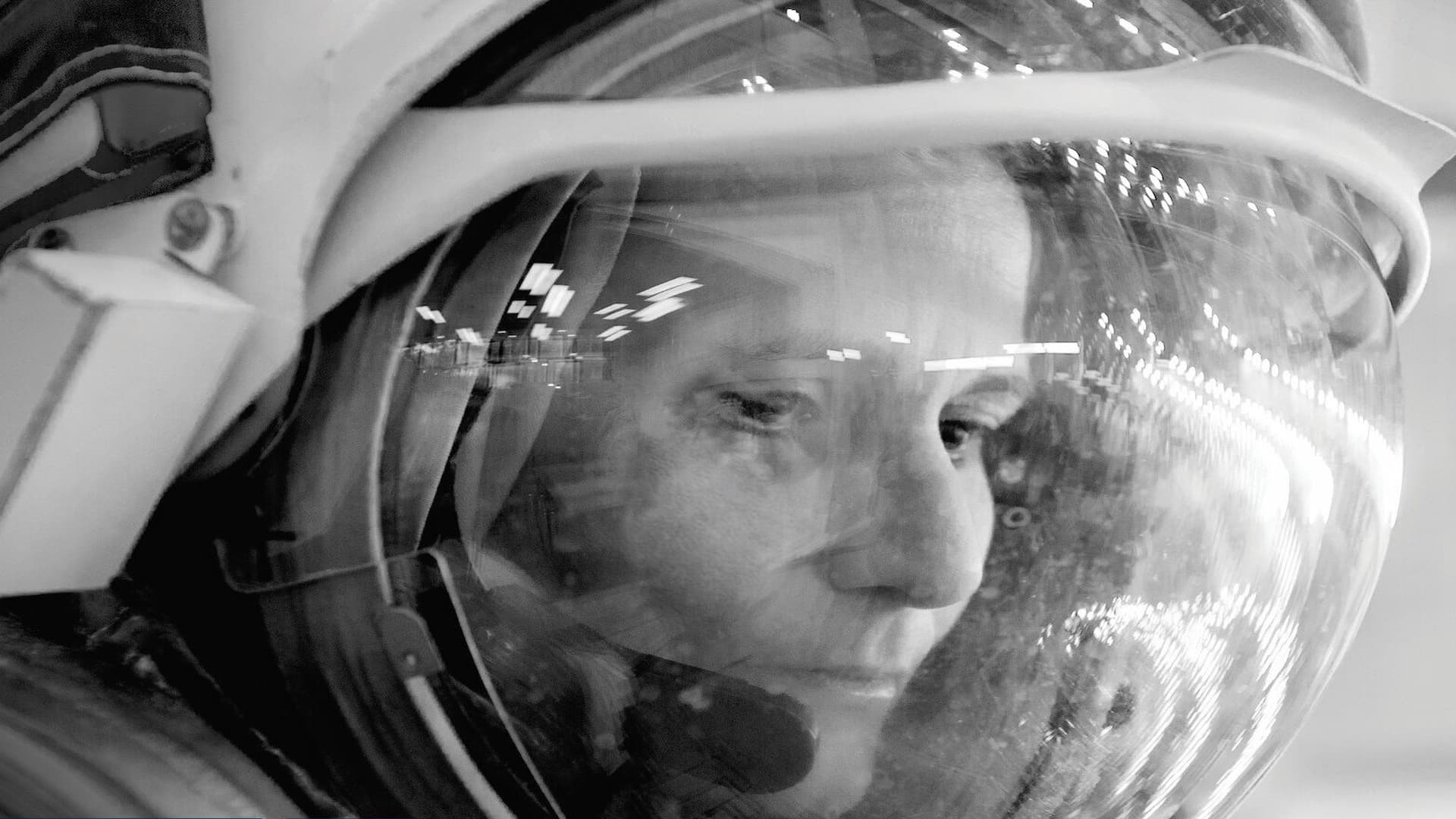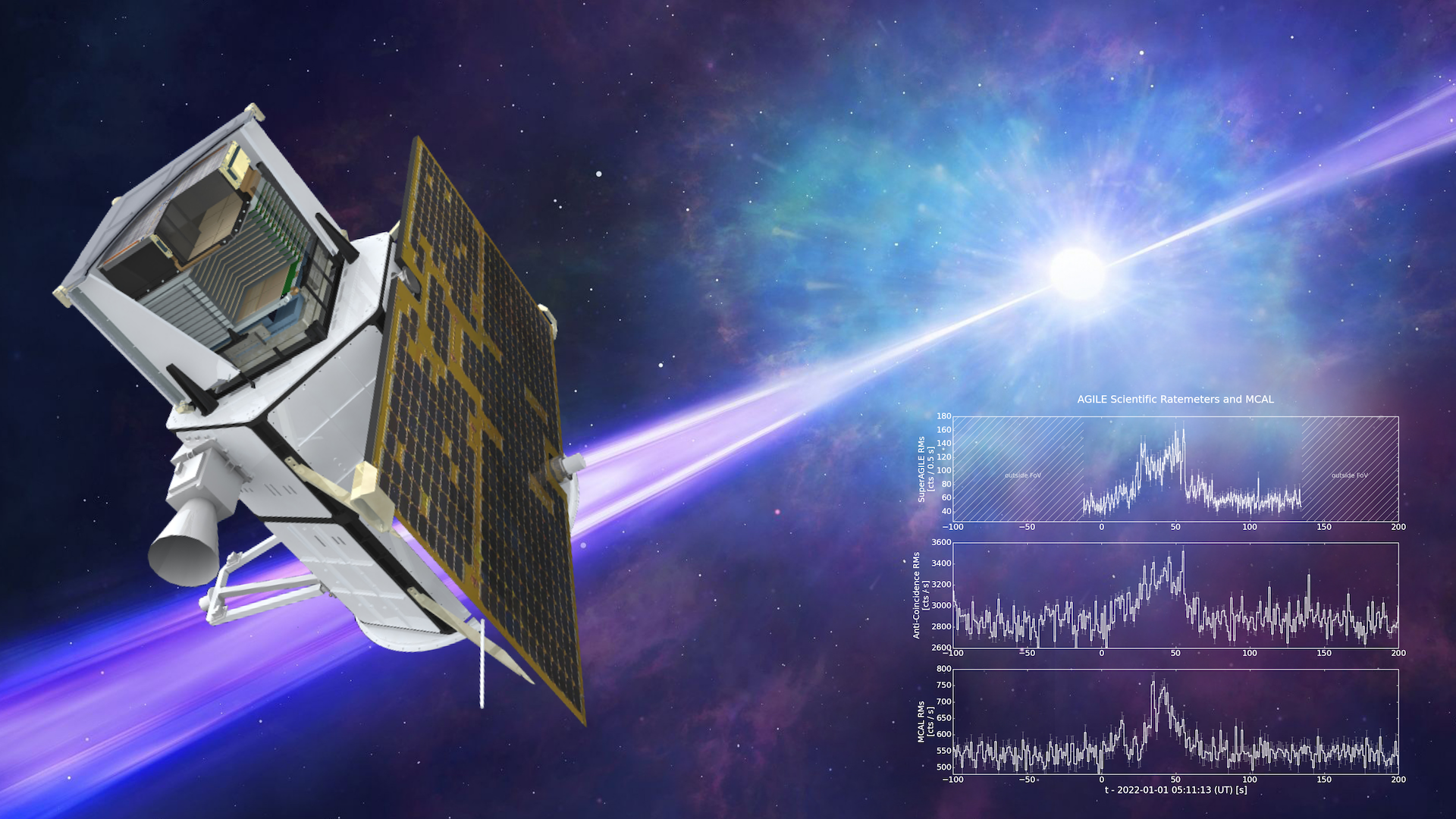The aim of the Amyloid Aggregation investigaton is to assess if amyloid fibrils aggregation is affected by microgravity in order to identify a possible professional risk in astronauts spending long periods on board the International Space Station (ISS).
Information obtained from this investigation allows for the identification of possible professional risks for astronauts employed in long-duration space missions. Furthermore, since protein accumulation is a predominant feature of many neurodegenerative diseases, a deeper comprehension of mechanism underlying peptides aggregation could be a crucial goal in neuroscience research. The performance of the Amyloid Aggregation investigation aboard the International Space Station (ISS) represents a unique opportunity to study how microgravity influences the “amyloid hypothesis”, which asserts that amyloid fibrils or the formation of amyloid fibrils are a causative factor in onset and/or progression of Alzheimer’s Disease. In particular, the microgravity environment could help to understand two fundamental aspects of amyloid fibrillogenesis: the determination of the structure of the fibrils and the process of fibrils formation (i.e., mechanism and kinetics). Moreover, differences in results obtained between the experiments performed in space, and those performed in the laboratory on Earth, may shed light on the possibility of greater amyloid accumulation in the central nervous system (CNS) of astronauts. Risk assessment could highlight the necessity of implementing monitoring and prevention systems to protect astronauts on future long-duration space missions. Furthermore, since protein accumulation is a predominant feature of many neurodegenerative diseases, a deeper comprehension of mechanism underlying peptides aggregation could be a crucial goal in neuroscience research.
The performance of the Amyloid Aggregation investigation aboard the International Space Station (ISS) represents a unique opportunity to study how microgravity in uences the “amyloid hypothesis”, which asserts that amyloid brils or the formation of amyloid brils are a causative factor in onset and/or progression of Alzheimer’s Disease. In particular, the microgravity environment could help to understand two fundamental aspects of amyloid brillogenesis: the determination of the structure of the brils and the process of brils formation (i.e., mechanism and kinetics).
Moreover, di erences in results obtained between the experiments performed in space, and those performed in the laboratory on Earth, may shed light on the possibility of greater amyloid accumulation in the central nervous system (CNS) of astronauts.
Risk assessment could highlight the necessity of implementing monitoring and prevention systems to protect astronauts on future long- duration space missions.


